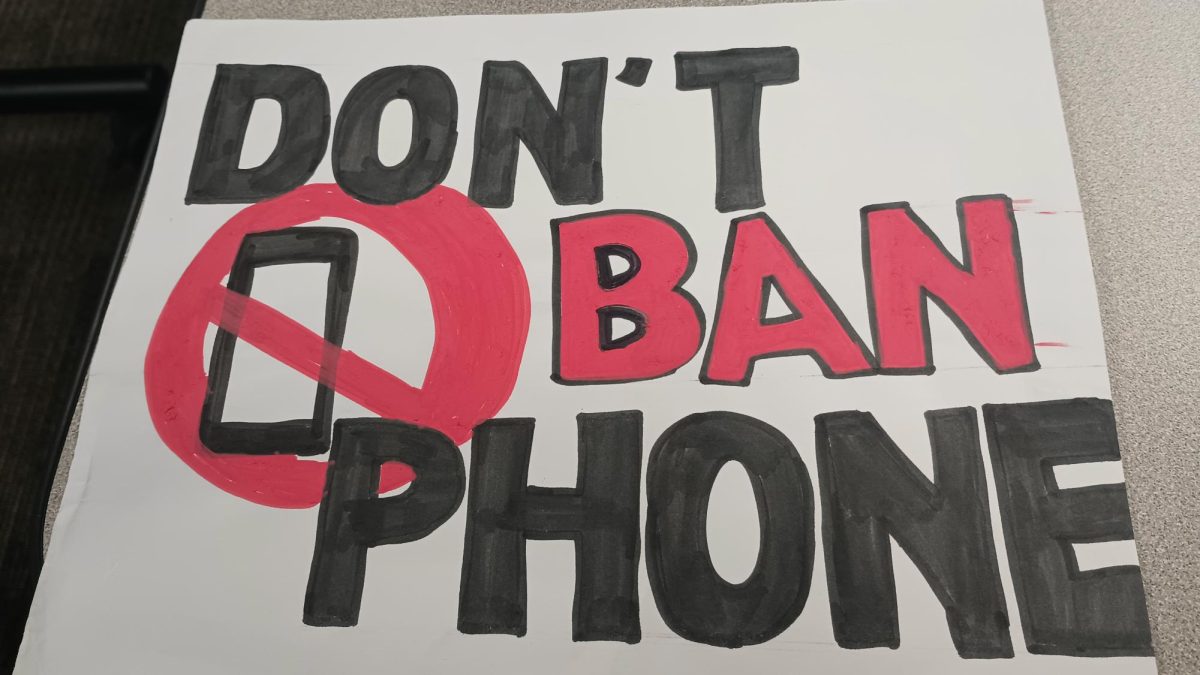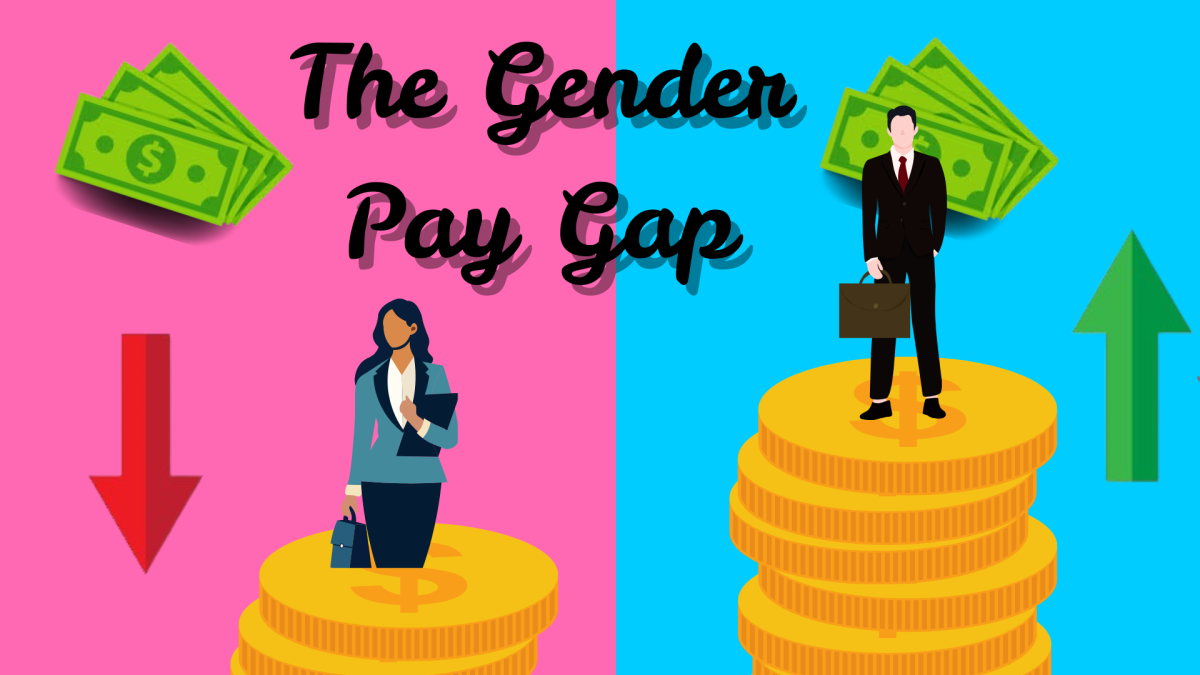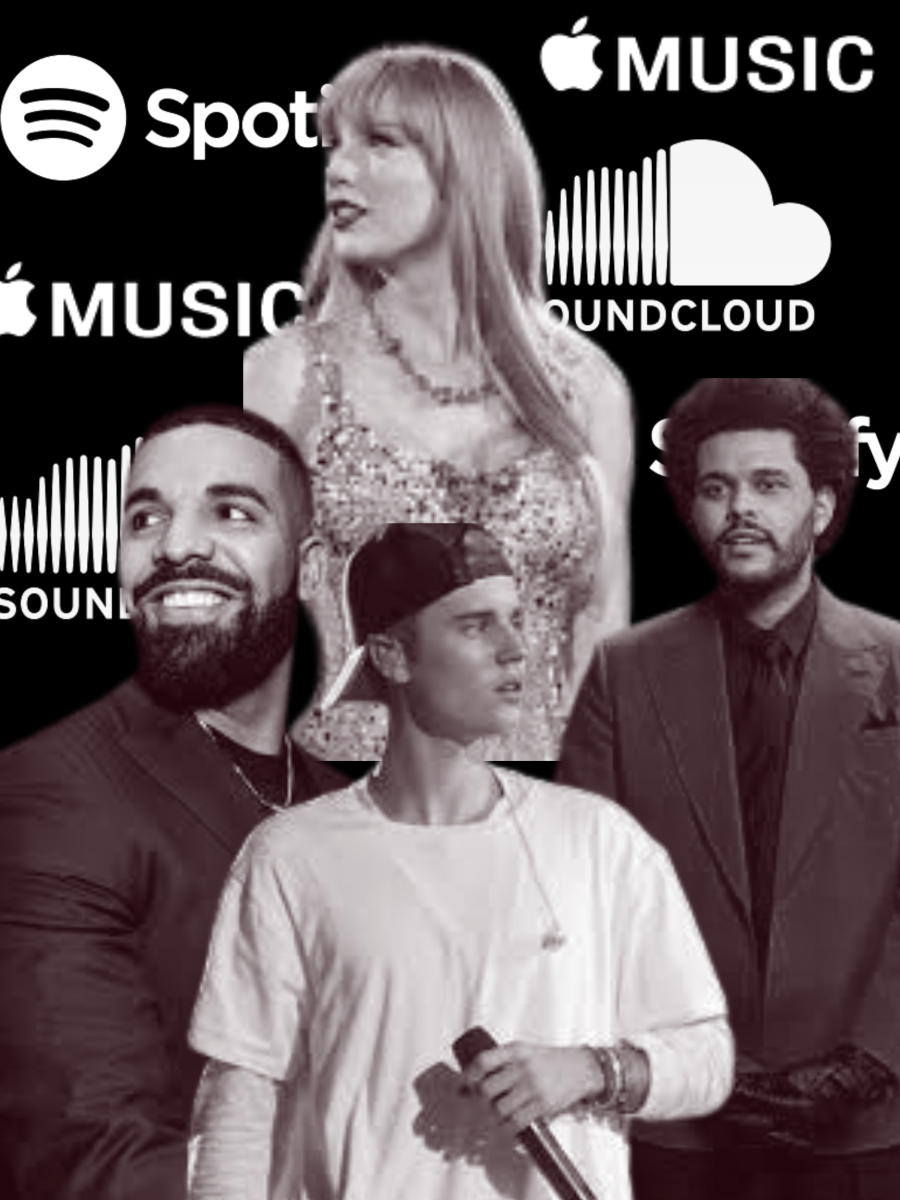How did streaming services impact the music industry?
With the rise of streaming services, the ever-growing music industry has entered an excellent period. Listeners have embraced the ease of use of digital platforms and said goodbye to traditional music formats. Though this change has benefited music fans, doubts have been expressed concerning how it may affect musicians and their income.
Music lovers can now enjoy having an enormous amount of music at their fingertips, which is a great benefit. But there are also worries about how the growth of streaming services will impact musician’s income.
Nicholas Fuentes, Adjunct Music Instructor at Santa Ana College said, “Streaming services have both positive and negative effects on artists. While they offer exposure and revenue opportunities, some argue that the revenue per stream can be low, especially for lesser-known artists. Additionally, the algorithms that drive recommendations might contribute to a concentration of attention around a few of the most popular tracks or artists.’’
Many new musicians or those without a major fan base find it difficult to succeed in the music industry. Though this can be difficult, they have had to depend on selling stuff and going on tours to support themselves. It can be hard for up-and-coming artists to gain a large following if they lack funding to advertise their music properly. Touring can be expensive since it involves paying for housing, transportation, and equipment. Some even famous artists may find it difficult to support themselves because touring costs typically outweigh the money earned through ticket and merchandise sales. To take this all thing taken into account musicians of all skill levels may find the music business to be a challenging setting.
“I think that artists benefit from music streaming because it provides an accessible platform for their work to reach a global audience. Streaming services offer exposure, potential for discovery, and steady revenue through royalties, making it easier for both established and emerging artists to share and monetize their music,” Fuentes said.
Tony Guerrero, musician, songwriter, and producer, said, “There are some benefits so for example when I was starting out the only way anybody heard their music was you got a record deal and a company would pay for you to do a record/album and they would release it and they would get it on the radio.”
While it is true that streaming services have made it simple for us to listen to and enjoy music, it is important to remember that they have also had a big impact on the music industry and musicians’ livelihoods.
Listeners can show their favorite musicians some love in several ways. Buying their music, merchandise, or concert tickets straight from the artist’s website is one of the easiest methods. This guarantees that the artist receives a larger portion of the earnings. Fans can also help artists become more well-known by attending their performances and posting their music on social media. Using services like Spotify, Apple Music, or Amazon Music to stream music is another way to help musicians.
When using streaming services you/we can support artists but these applications pay so little per stream. Each streaming service pays a different amount per stream but it is still not a lot of money. If an artist gets a million streams on Apple Music they get about $8,000 but on Spotify, they will get $3,180. Look at those two amounts. There is a big difference between these two applications in how they pay their artists per stream. All of these streaming services pay different amounts. The one that pays the most is Apple Music with $0.008 and the least is Pandora with $0.00133 per stream.
“I think all this is that the owner of those companies like the owner of Spotify is a billionaire so he is making all of this money and the issue is he is making it like the back of the people who created the music who are making just a fraction of pennies. So it’s been a hard thing to justify really the only the recourse we have as an artist is there not really recourse like you really have to stream this day,” Guerrero said.
Since streaming services must pay royalties to record labs that own music along with their operating expenses, they only pay artists pennies on the dollar per stream. Usually, these royalties represent a portion of the money that the streaming service makes. This implies that royalty payments will increase in proportion to the amount of money a streaming service makes. However, because streaming services run on such a large scale even a small fee per stream can add up to a significant sum of money. Some artists have expressed doubts about the payment model’s fairness claiming that it underpays them for their hard work.
“I will encourage anybody who reads, especially younger people who may not have been around from the time I was growing up in the music industry. Just recognize that the people who created the music you love are very often not make/ not able to make a living making that music and anything you can do like paying the fees or buying music. Anything you can support an artist by buying their album or if you see them live buying their stuff. Anything you can do to support an artist,” Guerrero said.


































